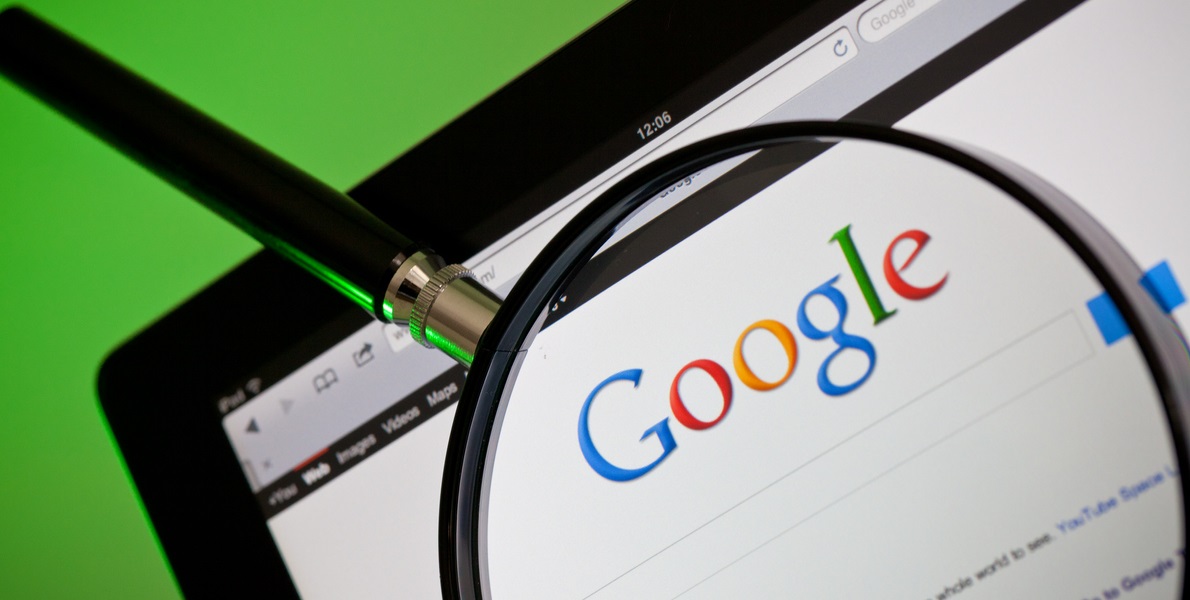Google has set up a new option to avoid finding sites offering counterfeit goods, allowing users to request that it review and take down sites selling counterfeit goods.
This measure may prove to be very effective in preventing the visibility of sites that profit from selling fakes. You need to fill out a form provided by Google, similar to the one that already exists to take down unlawful content. Although requests to take down search results are currently reviewed manually, Google will use the information reported to feed the tool and develop algorithms and systems that will help it further limit the visibility of sites and even anticipate which sites sell fakes so as not to list them.
The aim is to keep adding the necessary algorithms to make the filter quicker and more effective. It is an option that will be of huge help to trademark owners, since it is a simple way of removing from search results the websites that sell counterfeit goods.
This is obviously not going to do away with these sites altogether, but it will keep them in check. Imagine if huge posters were placed in store windows advertising counterfeit goods. This would definitely be illegal. So Google’s initiative within a storefront as massive as the Internet, is very welcome indeed. A small step in the fight against counterfeits, which may prove to be a huge barrier to those responsible for fraudulent sites. In this digital age in which e-commerce sales worldwide make up 13.7% of total sales and in which predictions for 2021 are that this figure will almost reach 17.5%, this siege against fakes will help tremendously.
Bear in mind that counterfeit articles do not just affect the luxury goods sector, but extend to all areas. We are all aware of the rapid growth of counterfeit health articles, such as masks worldwide. If there is one thing that characterizes manufacturers of counterfeit goods it is their ability to adapt to demand. They can produce a product and distribute it worldwide in a matter of days. And the fakes are not just copies of existing products, you can often find other products that are not even copies because the original has still not been launched.
Consequently, Google’s initiative is more than welcome. The next steps will be, on the one hand to enable domain name registrars to know, as simply as possible, the identity of website owners selling counterfeit goods, and on the other, to give Customs as much information as possible to make its methods of detecting parcels containing counterfeit goods more effective. The ICS2 program, which compiles data on merchandise entering the EU before its arrival, will undoubtedly also help in the fight against counterfeits.
Almudena Delgado
Garrigues Intellectual Property Department






